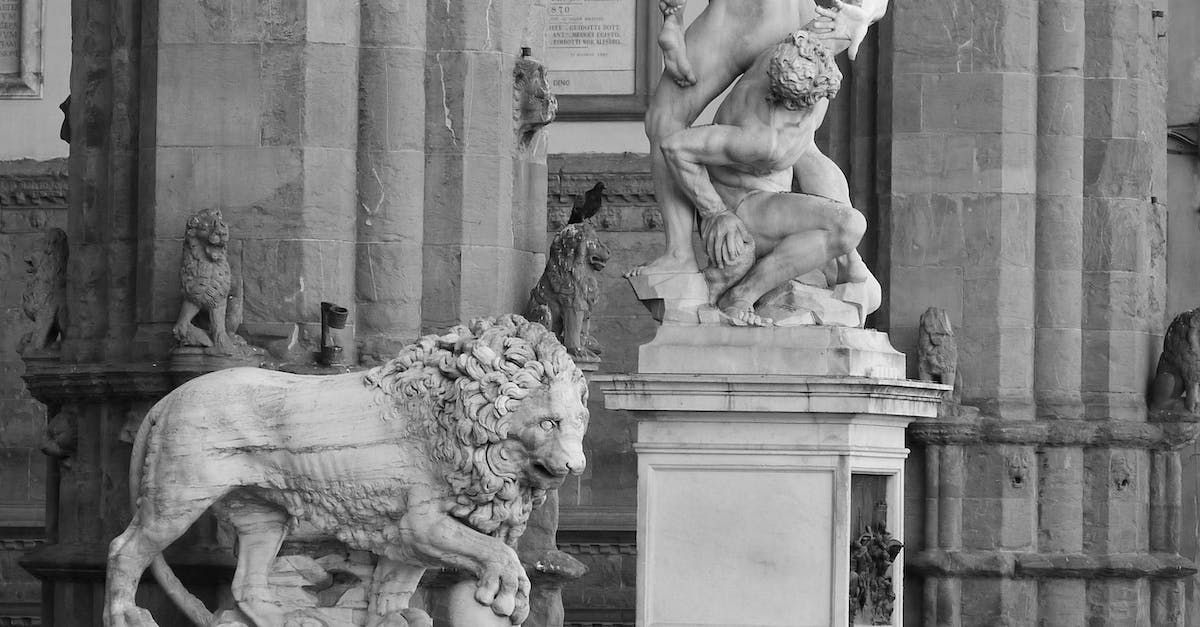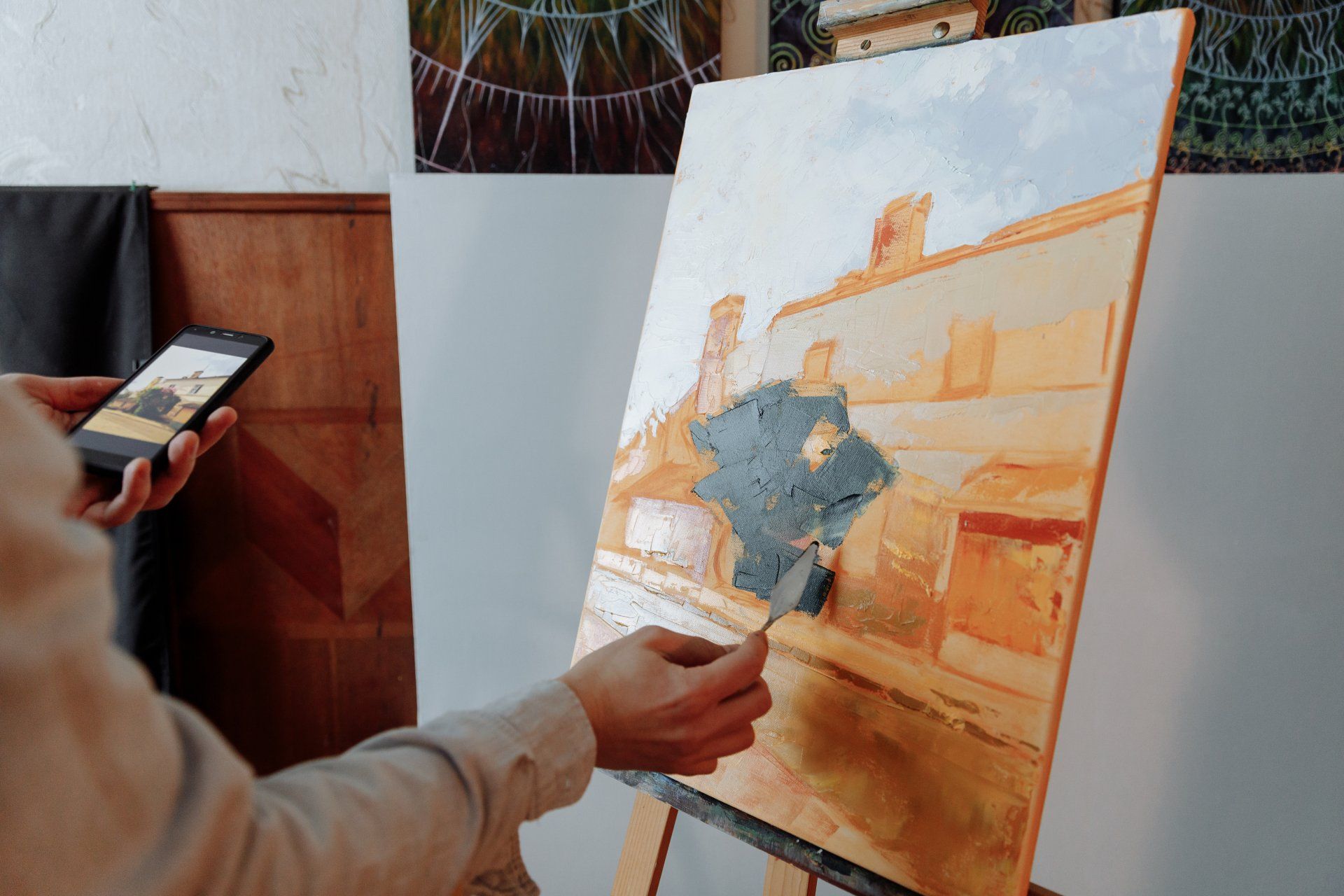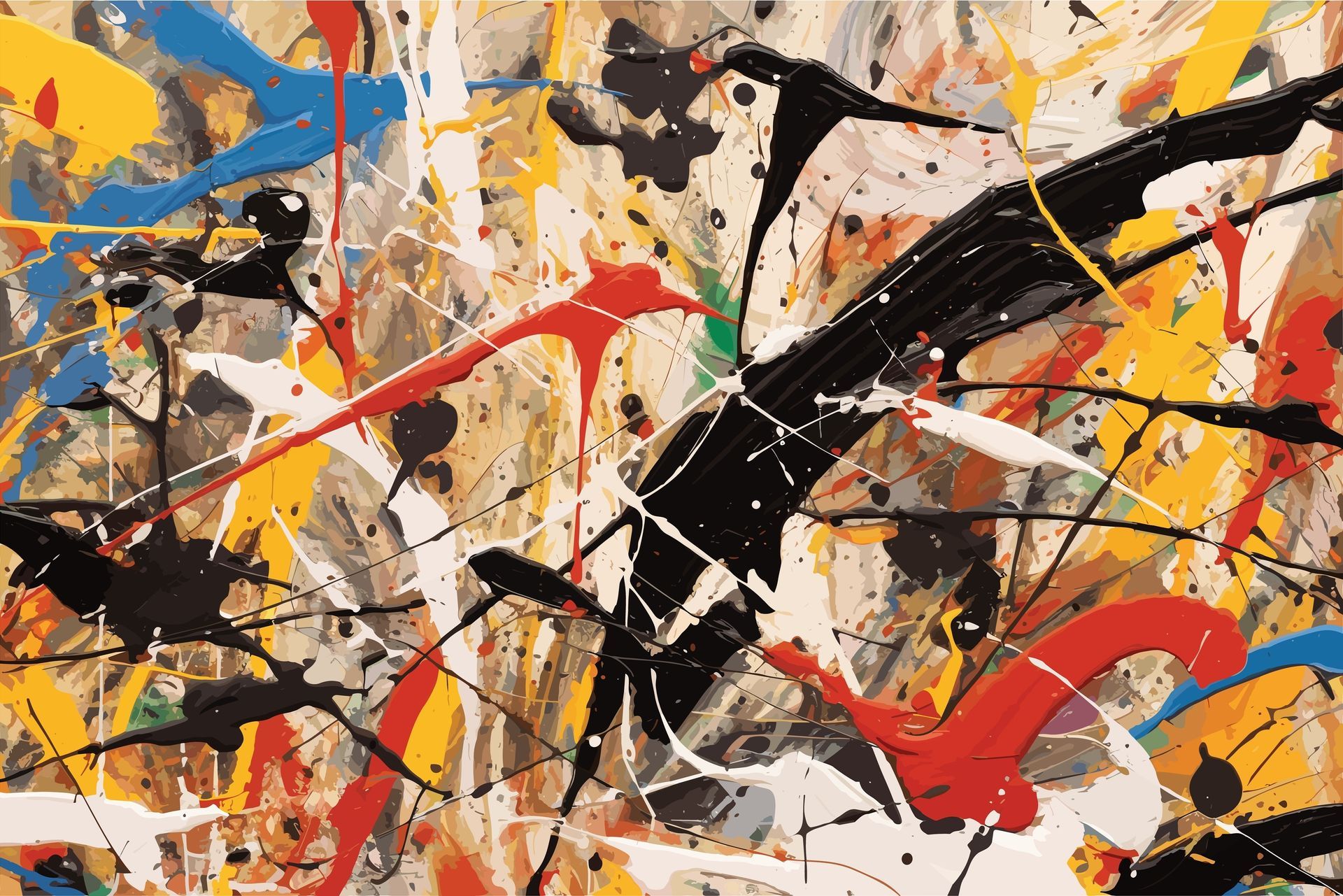Herms: Unveiling the Purpose and Depiction of Ancient Greek Hermae
In the realm of ancient Greek art and culture, herms hold a distinct and enigmatic place. These unique sculptures, known as hermae, played a multifaceted role in ancient Greece, serving as boundary markers, religious symbols, and protective talismans. This article aims to delve into the purpose and depiction of herms, shedding light on their significance within ancient Greek society.
The Purpose of Herms:
Herms were primarily used as boundary markers, placed at crossroads, entrances, and thresholds. They marked sacred spaces, delineated territories, and served as guides for travelers. These rectangular or square pillars typically featured a bust or head on top, with a phallus protruding from the front at waist height. The combination of the human head and the phallic symbol held symbolic importance, representing fertility, protection, and the connection between humans and the divine.
Religious Symbolism:
Herms had a strong association with the god Hermes, the divine messenger and protector of travelers. As such, they were often placed near temples, sanctuaries, and roads, invoking the divine protection of Hermes upon those who passed by. Herms were also associated with Dionysus, the god of wine and fertility, further reinforcing their connection to concepts of fertility and abundance.
Protective Talismans:
Beyond their role as markers and symbols of divine protection, herms were also believed to ward off evil spirits and promote good fortune. Their phallic form was seen as a potent apotropaic symbol, capable of deflecting negative energies and ensuring the safety of both the physical and spiritual realms. The herms' placement at strategic points aimed to create a sense of security and invoke a sacred presence.
Depiction of Herms:
Herms were often carved from stone, typically marble or limestone, although they could also be made of bronze or wood. The square or rectangular shaft was smooth and plain, with the bust or head positioned at the top. The head, typically depicting a bearded male, conveyed a sense of authority and divine connection. The most distinguishing feature of herms was the phallus, which protruded prominently from the front, symbolizing fertility, strength, and protection.
In terms of artistic style, herms were often rendered in a simplified manner, emphasizing the key elements while avoiding excessive detail. The focus was on conveying the symbolic power and purpose of the sculpture rather than achieving a realistic representation.
Herms played a significant role in ancient Greek society, functioning as boundary markers, religious symbols, and protective talismans. As markers of sacred spaces and guides for travelers, they served both practical and symbolic purposes. Their association with deities such as Hermes and Dionysus imbued them with divine significance, while their phallic form represented fertility and protection.
The depiction of herms, with their distinct combination of a human head and a phallus, showcased the artistic and symbolic creativity of ancient Greek sculptors. These unique sculptures continue to intrigue and captivate modern scholars and enthusiasts, offering a window into the complex belief systems and cultural practices of the ancient Greek world.











